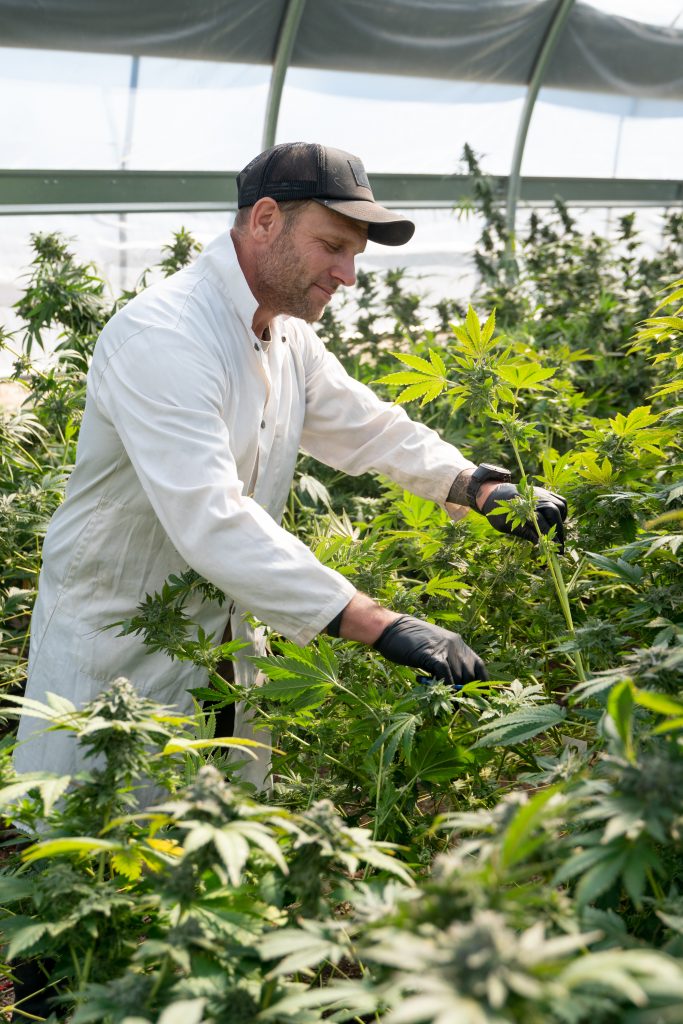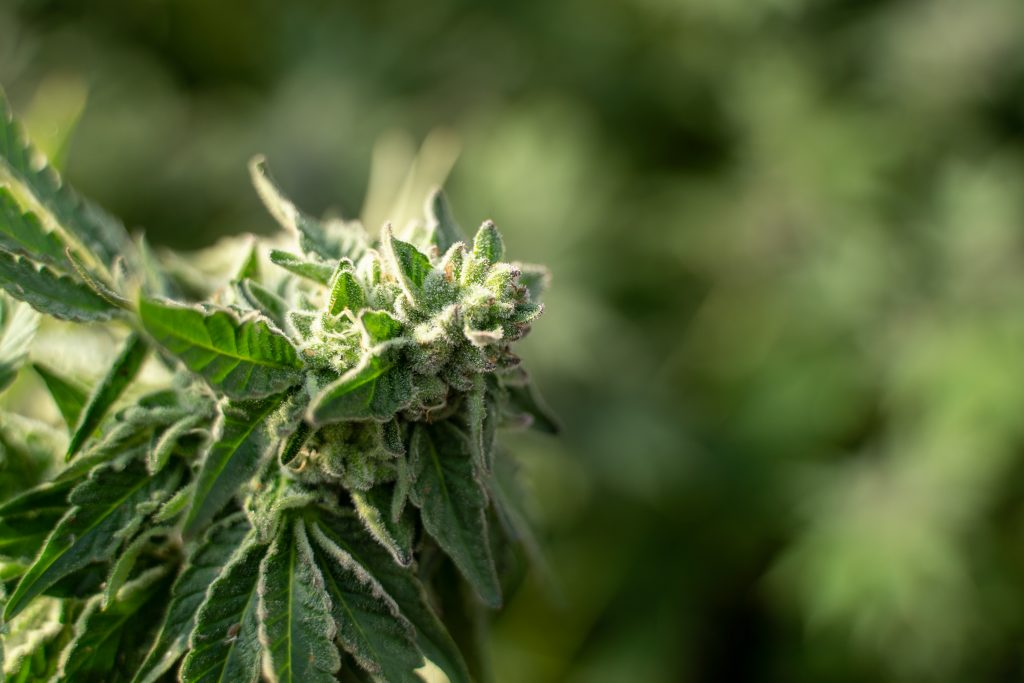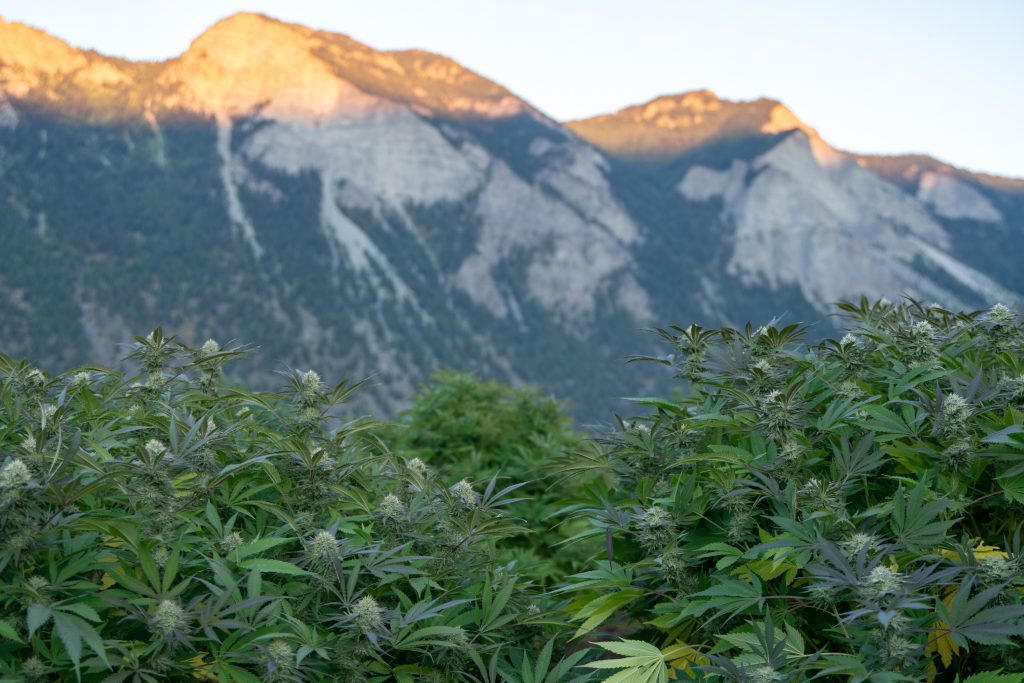Harvest season is around the corner! Did you know producing the highest quality bubble hash starts with an effective harvest?
Well, that’s why we want to share our top tips and tricks with cultivators on harvesting for solventless extraction.

Every croptober, we hear horror stories about farmers who harvest and prepare their material incorrectly. As a result, they then lose out on valuable trichome returns.
This year, let’s leave the horror stories to the ghosts and goblins. Follow these steps to maximize your harvest this year.

Pre-Harvest
It is important to prepare plants for harvesting and processing wherever possible, prior to harvest.
One thing cultivators can do, is remove fan leaves 1-2 weeks prior to harvest. This is because leaf removal can damage the cell wall by creating openings in the plant’s cuticle.

As a result, this open area is more likely to leach chlorophyll into the process water during extraction. Chlorophyll can introduce impurities to hash. It can also alter its flavour and appearance.
Defoliating before harvest allows the plant to heal those openings before the plants are cut down and prepared for freezing. It is a simple step to take that will keep trichomes intact and significantly reduce the amount of chlorophyll in your hash!
Another benefit of earlier deleafing is that it reduces the amount of handling the buds will require during harvest and bucking operations.
HarVEST
Trichome retention is extremely important if you want to achieve an efficient and high-quality extraction.
During harvest, it is important to reduce touchpoints. When there are less touchpoints, labour costs can decrease. More importantly, there are fewer points where trichome-loss may occur.

As plants are removed from the field, it is best to either hang whole plants or place branches with their stems upwards in plastic totes.
Handling your plants with care will help maximize trichome retention. Plants should never be stacked horizontally, as flowers near the bottom of the stack will get crushed. As a result, trichomes can be knocked off or smeared.
Cannabis plants should make their way to the processing area as soon as possible. This allows buds to be removed and prepared for freezing.
Processing
Ideally, leaves should have been removed prior to harvest. Now, all that should be left to do is remove buds by hand with scissors.
Some cultivators may not have enough labour available, so they will resort to using a bucking machine. If using a bucking machine, it is recommended to keep the bucking area around 10C. A cool environment allows the trichomes to remain hard enough to stay intact, without becoming brittle.

Freezing
The way cannabis biomass is frozen is also integral to achieving a high-quality final product.
Once the plants have been removed from the field, it is crucial to place them into the freezer as soon as possible.
The plant material can start to wilt within a few hours, depending on the temperatures of the cultivation and processing areas. Ideally, flowers should be frozen on racks and trays to reduce freezing time as much as possible.
If bags or containers are the only option available, avoid sealing the bags until fully frozen. This prevents condensation from freezing on the surface of the flowers. Frost on the buds can lead to more chlorophyll leaching into the process water. And as previously mentioned, chlorophyll can negatively affect flavour and appearance of the hash.

We also recommend refraining from over-stacking to prevent the flowers (and trichomes) at the bottom of the pile from getting crushed.
Finally, never use a vacuum sealer on fresh or frozen flowers. Vacuum sealing can damage trichomes and increase the amount of contaminants which end up in the hash.

Trichome retention is the foundation for a successful harvest for solventless extraction.
Our tips and tricks may not apply to all situations or cultivators, so feel free to adjust these recommendations accordingly to suit your needs.
To learn more about harvesting for solventless extraction, check out our webinar. And if you are wondering when is the right time to harvest, don’t miss this blog post.
We wish all cultivators and processors a successful croptober this year! And as always, reach out to our team if you need assistance achieving your production goals.